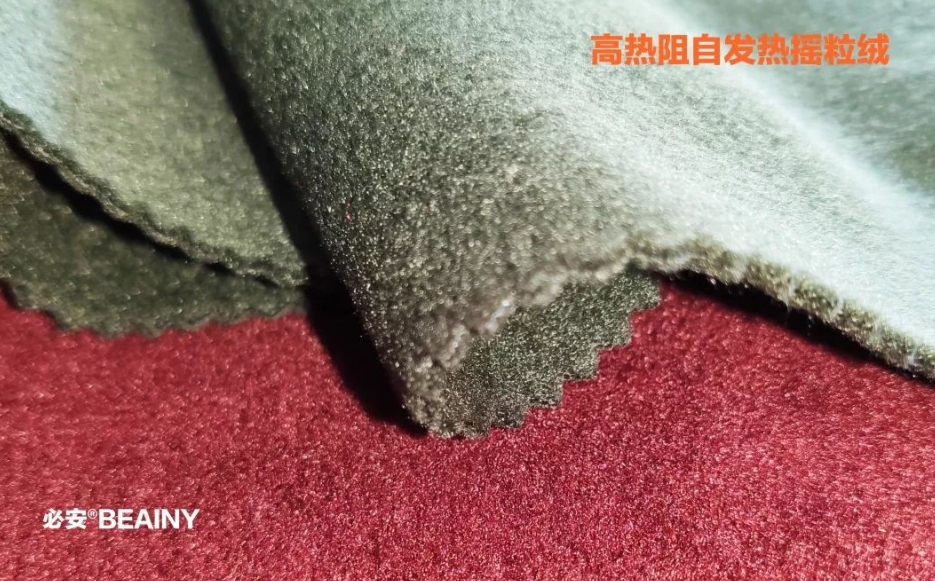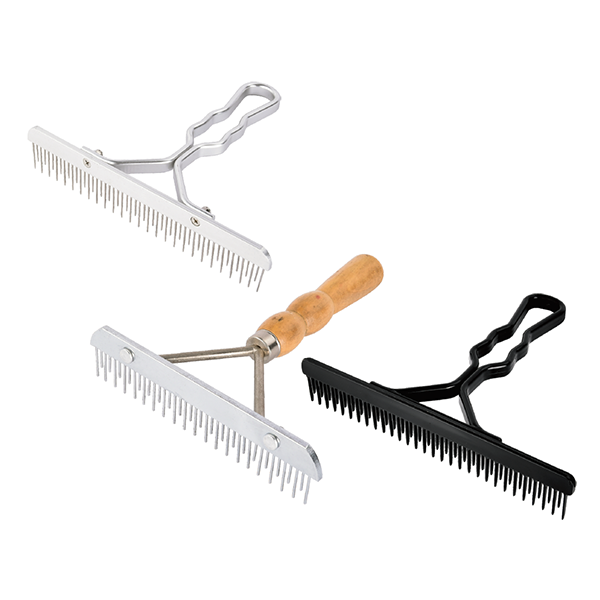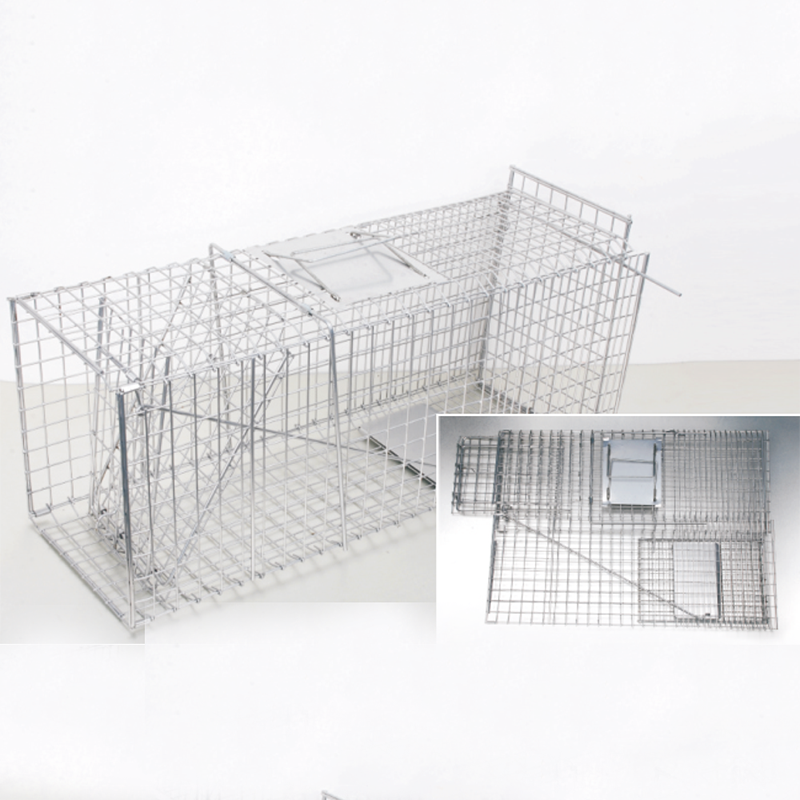The materials used for rearview mirror assemblies include:
Plastic: Plastic rearview mirror assemblies are the most common material used in the market. They are lightweight, cost-effective, and have good impact resistance, making them widely used in the automotive industry. The surface of plastic rearview mirror assemblies is typically coated with paint to improve weather resistance and corrosion resistance.
Glass: Glass rearview mirror assemblies offer high transparency and stability, providing clear rear visibility for drivers. However, glass rearview mirror assemblies are heavier, increasing the vehicle's weight, and glass is prone to breakage, reducing safety.
Electronic display screen: With technological advancements, some modern high-end vehicle models may use electronic display screens as rearview mirrors. These assemblies provide higher clarity and more information display, such as camera views around the vehicle. However, they are more costly and less common.
Carbon fiber: Carbon fiber rearview mirror assemblies have found applications in the automotive industry. Carbon fiber materials have high strength, lightweight properties, and corrosion resistance, enhancing vehicle handling and safety. However, they are more expensive and primarily used in high-end models.
Alloy: Alloy rearview mirror assemblies offer high strength, toughness, impact resistance, and wear resistance. They also have good corrosion resistance and weatherability, suitable for various harsh environments.
In summary, rearview mirror assemblies can be made from materials such as plastic, electronic display screens, carbon fiber, and alloy. Different materials have varying characteristics and applications, and automobile manufacturers choose the appropriate material based on the vehicle's positioning and market demand. When purchasing rearview mirror assemblies, consider factors such as material, quality, durability, and practical functions like heating and power adjustment.

 English
English Español
Español Português
Português русский
русский français
français 日本語
日本語 Deutsch
Deutsch Tiếng Việt
Tiếng Việt Italiano
Italiano Nederlands
Nederlands ไทย
ไทย Polski
Polski 한국어
한국어 Svenska
Svenska magyar
magyar Malay
Malay বাংলা
বাংলা Dansk
Dansk Suomi
Suomi हिन्दी
हिन्दी Pilipino
Pilipino Türk
Türk Gaeilge
Gaeilge عربى
عربى Indonesia
Indonesia norsk
norsk اردو
اردو čeština
čeština Ελληνικά
Ελληνικά Українська
Українська Javanese
Javanese فارسی
فارسی தமிழ்
தமிழ் తెలుగు
తెలుగు नेपाली
नेपाली Burmese
Burmese български
български ລາວ
ລາວ Latine
Latine Қазақ
Қазақ Euskal
Euskal Azərbaycan
Azərbaycan slovenský
slovenský Македонски
Македонски Lietuvos
Lietuvos Eesti Keel
Eesti Keel Română
Română Slovenski
Slovenski मराठी
मराठी Српски
Српски 简体中文
简体中文 Esperanto
Esperanto Afrikaans
Afrikaans Català
Català עִברִית
עִברִית Cymraeg
Cymraeg Galego
Galego 繁体中文
繁体中文 Latvietis
Latvietis icelandic
icelandic יידיש
יידיש Беларус
Беларус Hrvatski
Hrvatski Kreyòl ayisyen
Kreyòl ayisyen Shqiptar
Shqiptar Malti
Malti lugha ya Kiswahili
lugha ya Kiswahili አማርኛ
አማርኛ Bosanski
Bosanski Frysk
Frysk ជនជាតិខ្មែរ
ជនជាតិខ្មែរ ქართული
ქართული ગુજરાતી
ગુજરાતી Hausa
Hausa Кыргыз тили
Кыргыз тили ಕನ್ನಡ
ಕನ್ನಡ Corsa
Corsa Kurdî
Kurdî മലയാളം
മലയാളം Maori
Maori Монгол хэл
Монгол хэл Hmong
Hmong IsiXhosa
IsiXhosa Zulu
Zulu Punjabi
Punjabi پښتو
پښتو Chichewa
Chichewa Samoa
Samoa Sesotho
Sesotho සිංහල
සිංහල Gàidhlig
Gàidhlig Cebuano
Cebuano Somali
Somali Точик
Точик O'zbek
O'zbek Hawaiian
Hawaiian سنڌي
سنڌي Shinra
Shinra հայերեն
հայերեն Igbo
Igbo Sundanese
Sundanese Lëtzebuergesch
Lëtzebuergesch Malagasy
Malagasy Yoruba
Yoruba









